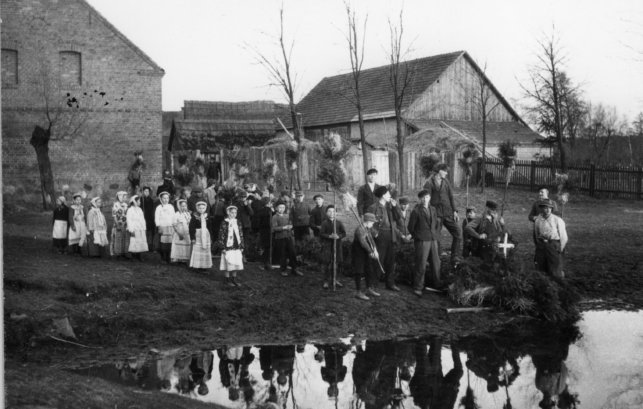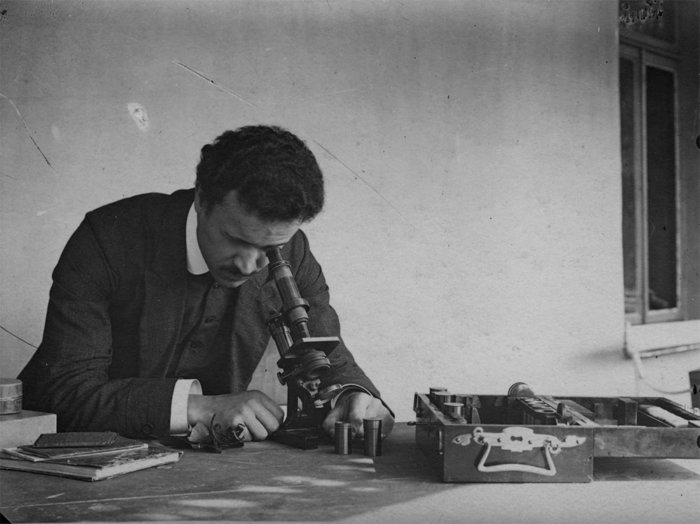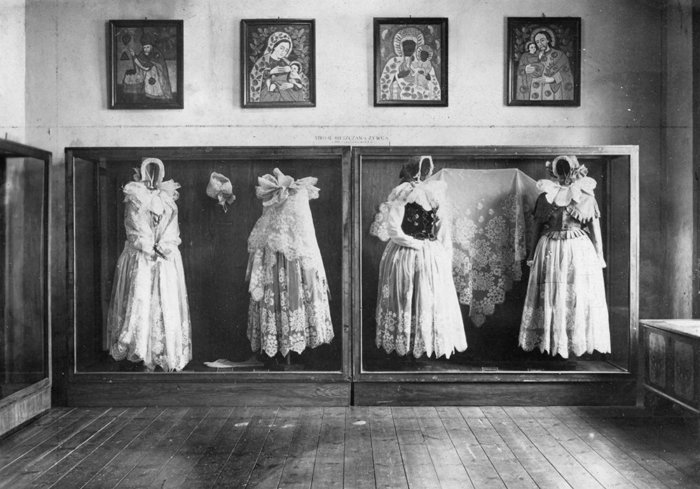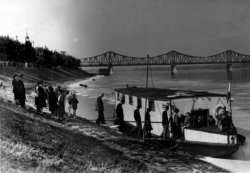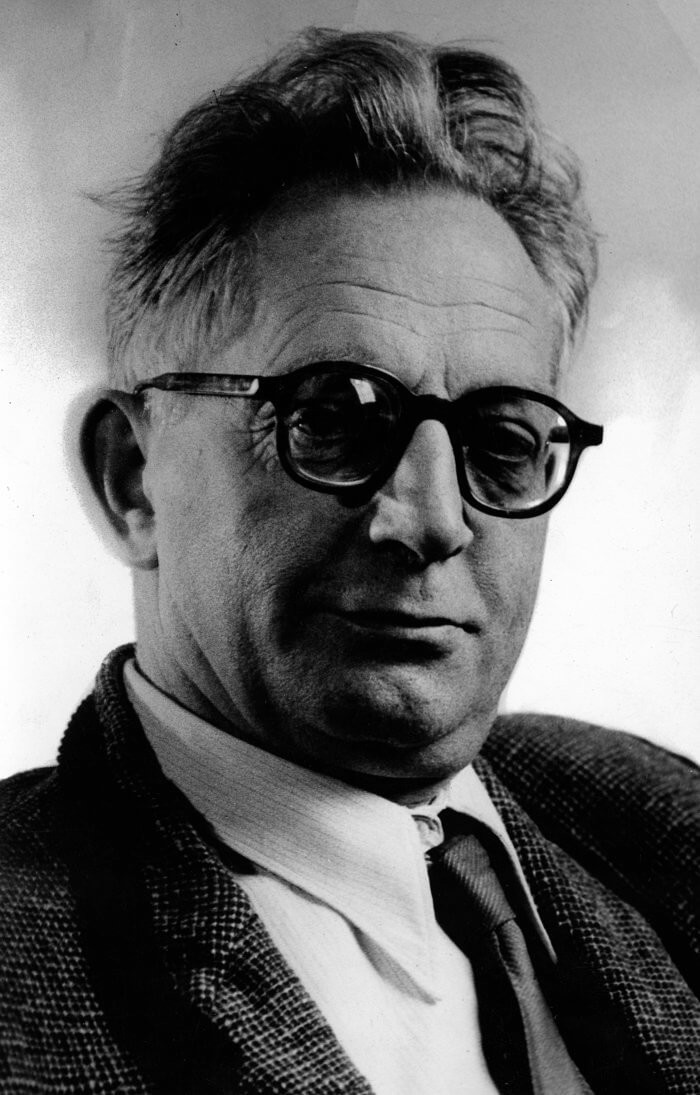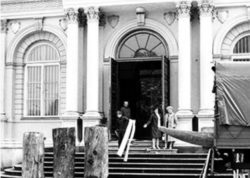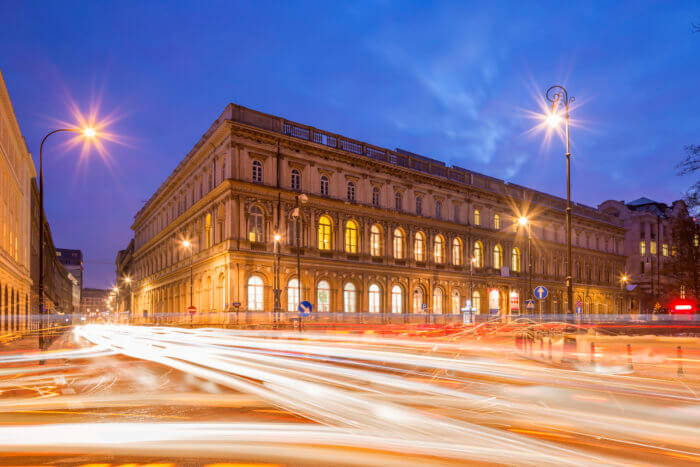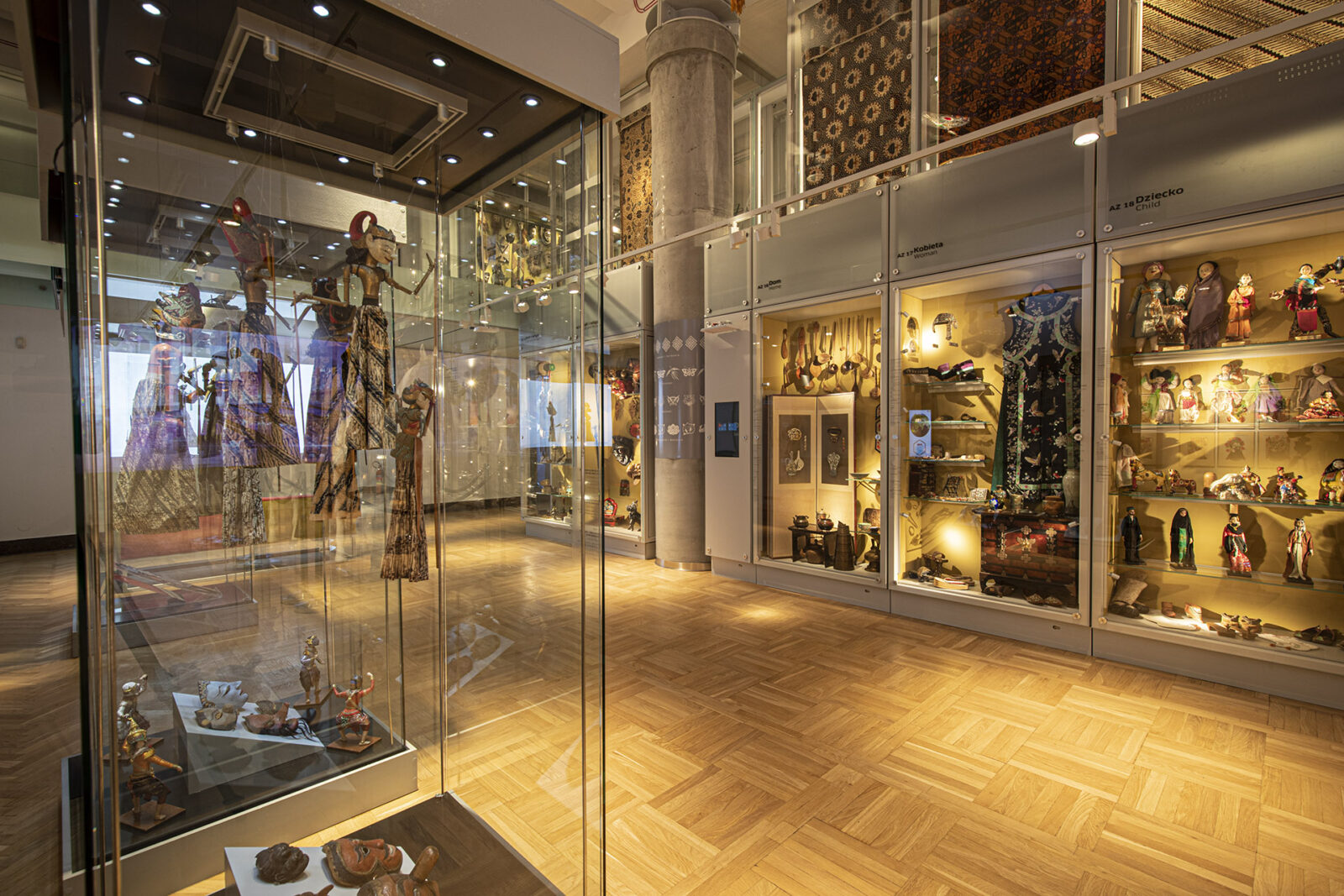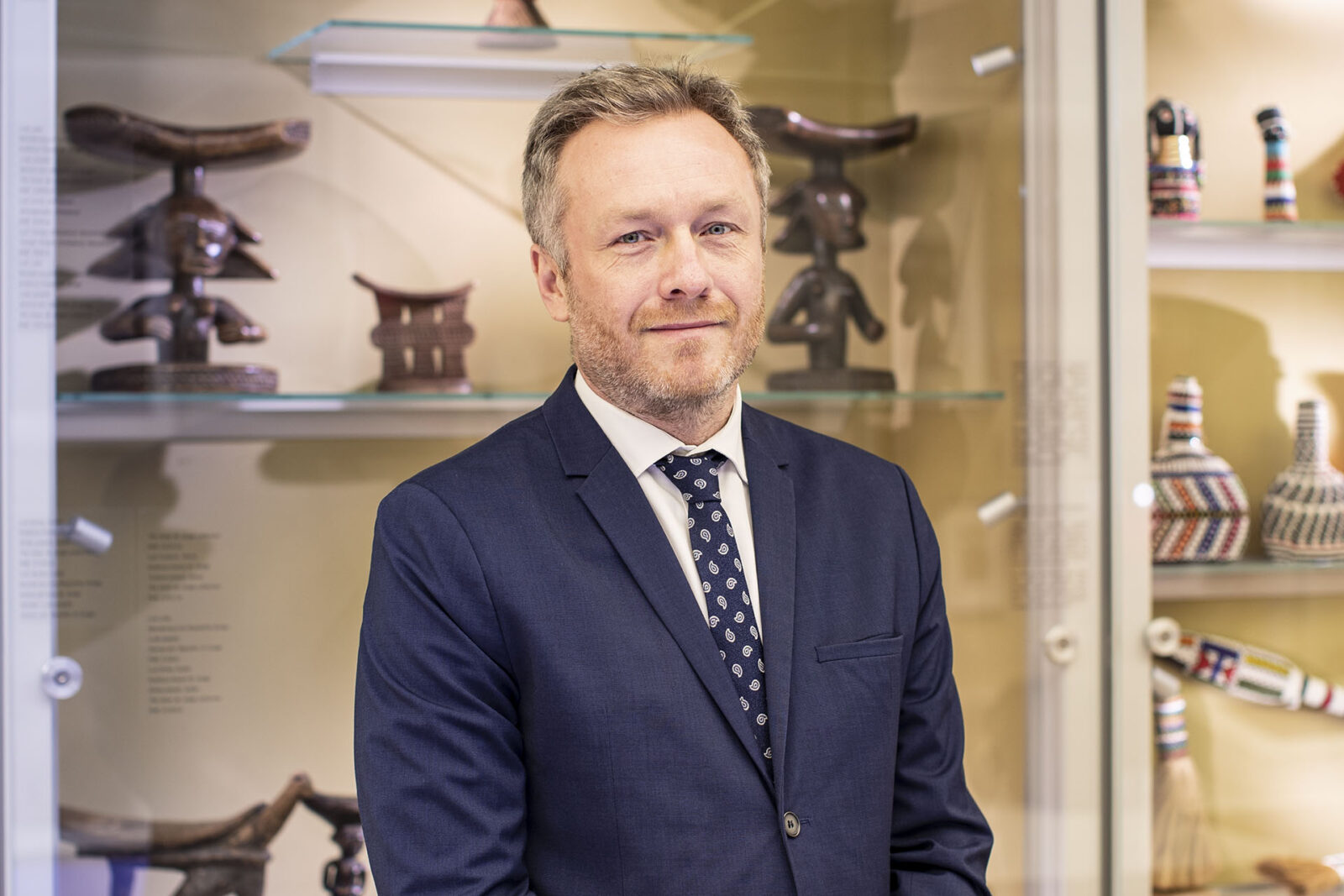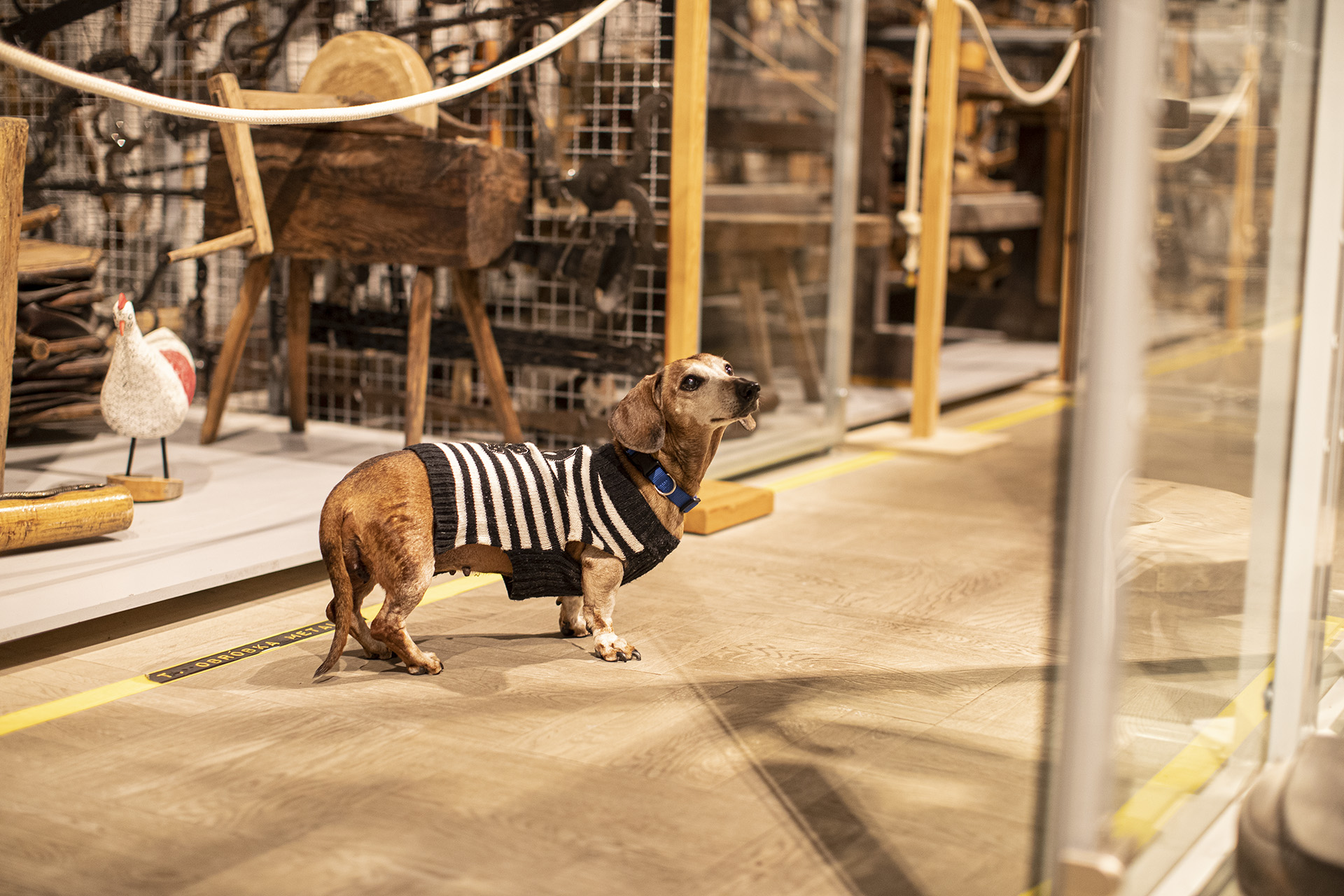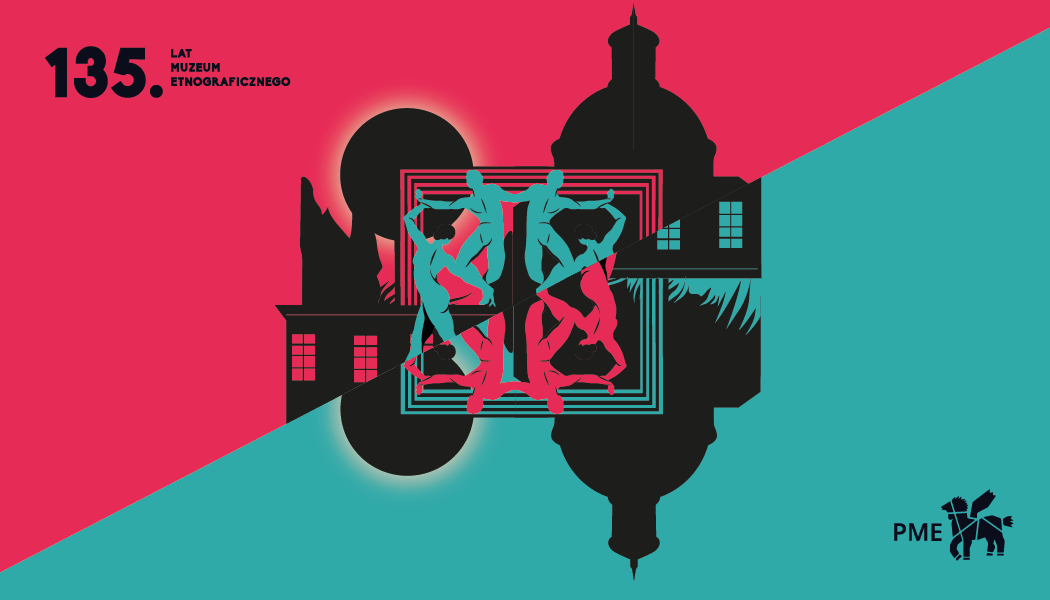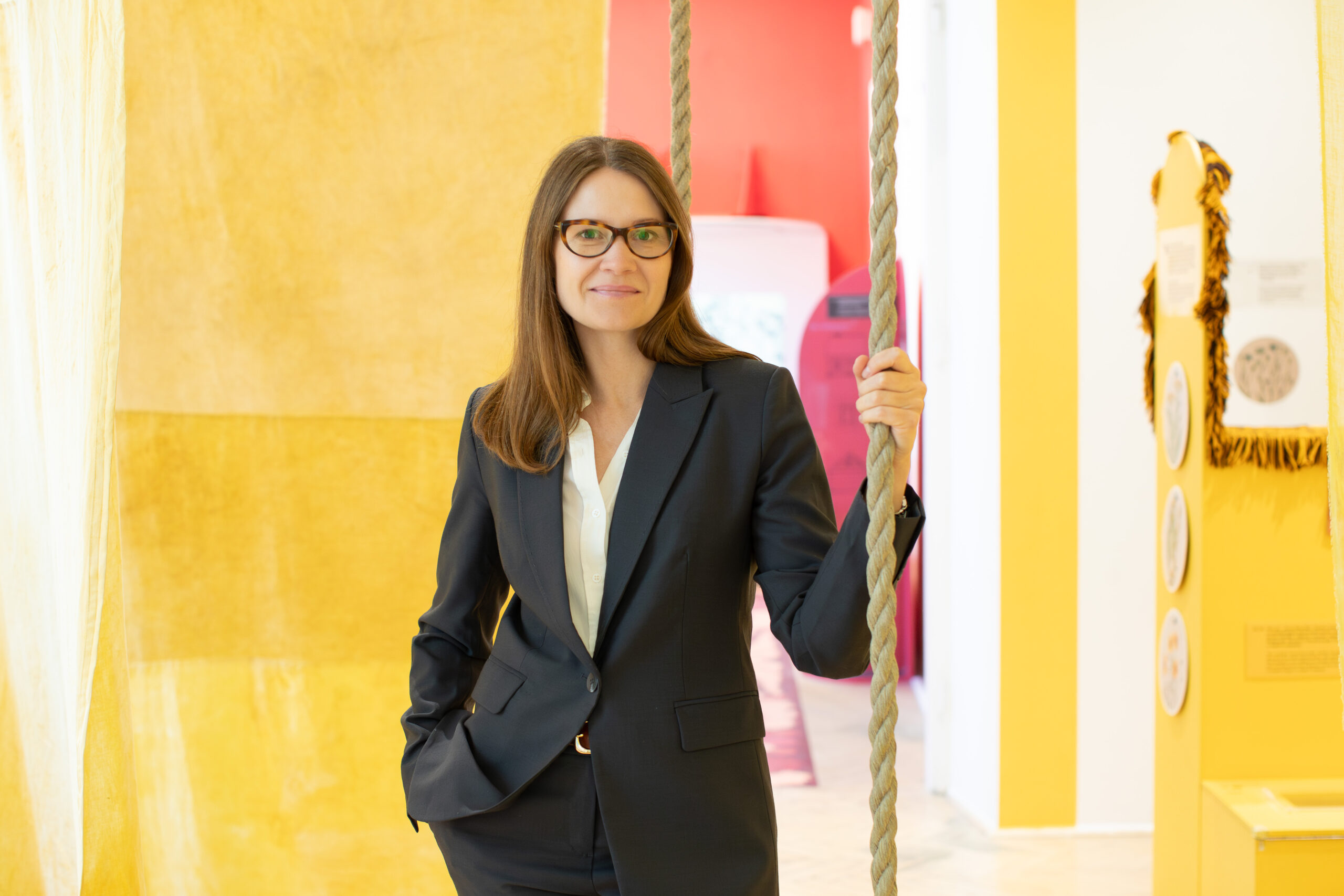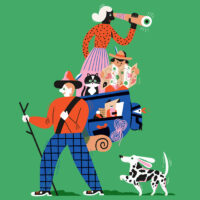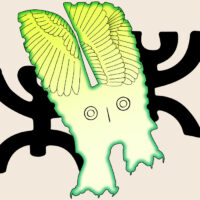The State Ethnographic Museum is a space where the achievements of world culture meet individual sensitivity, becoming an inspiration to discover the beauty inherent in diversity.
In its modern interiors, we present permanent and temporary exhibitions of an interdisciplinary nature and diverse themes. The museum also has a library and a cinema hall where film screenings take place. In addition, the museum hosts fairs, special events, author meetings, workshops, and seminars. We encourage active participation in culture in various forms—for children, youth, and adults.
Our mission is to collect the diversity and richness of cultures from all over the world and to present their value as a nationwide asset, thereby contributing to the development of an open society.

The organizer of the State Ethnographic Museum is the Self-Government of the Mazowieckie Voivodeship.









